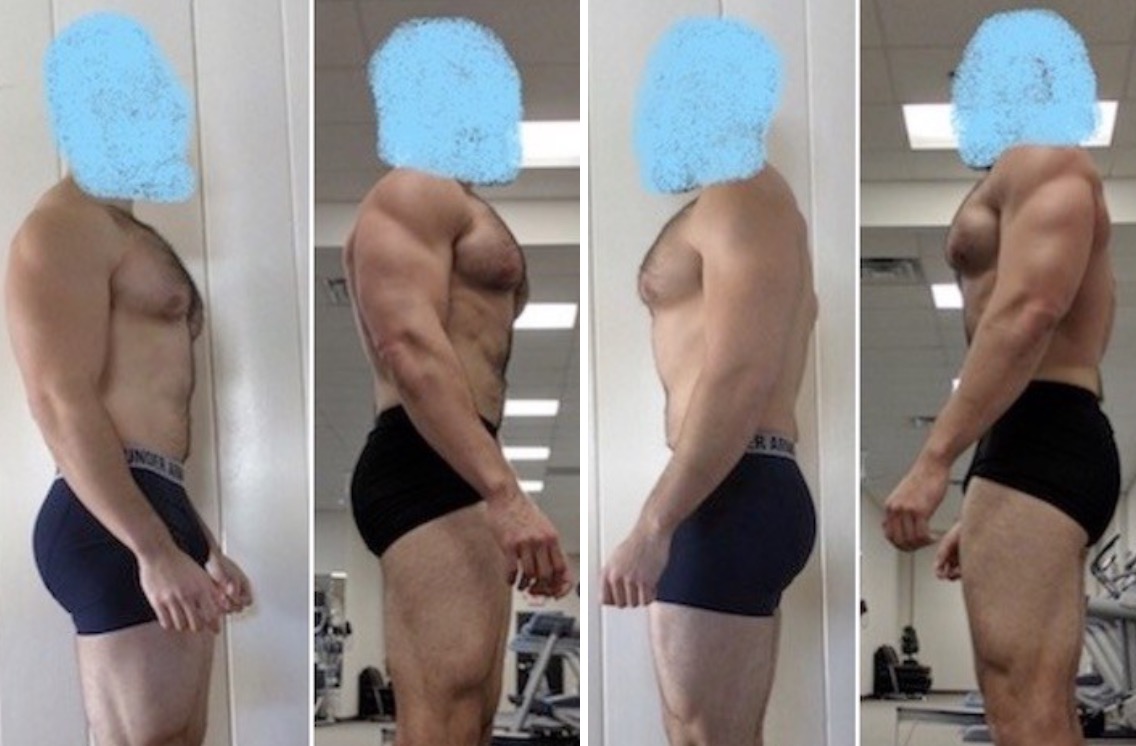At a bodyweight of 101kg, I have the following 1RMs:
Overhead press: 60kg Bench Press: 95kg Deadlift: 170kg Squat: 120kg
Nothing particularly amazing, but it still took a fair amount of training to get here, as I started out as a 140kg extremely weak nerd who'd done nothing but sit at a desk for over a decade. It took a fair bit of posture and mobility work before I could do these lifts properly.
However, despite this level of strength, I'm not visibly muscular. I don't expect to see muscle definition, as my body fat level is still too high, but my arms almost look skinny, and my thighs just have barely visible curves of muscle.
I've been mostly training with sets of 3-5 reps. Is this why I haven't developed much muscle size? It bothers me a little bit that I don't even look like I go to the gym.




